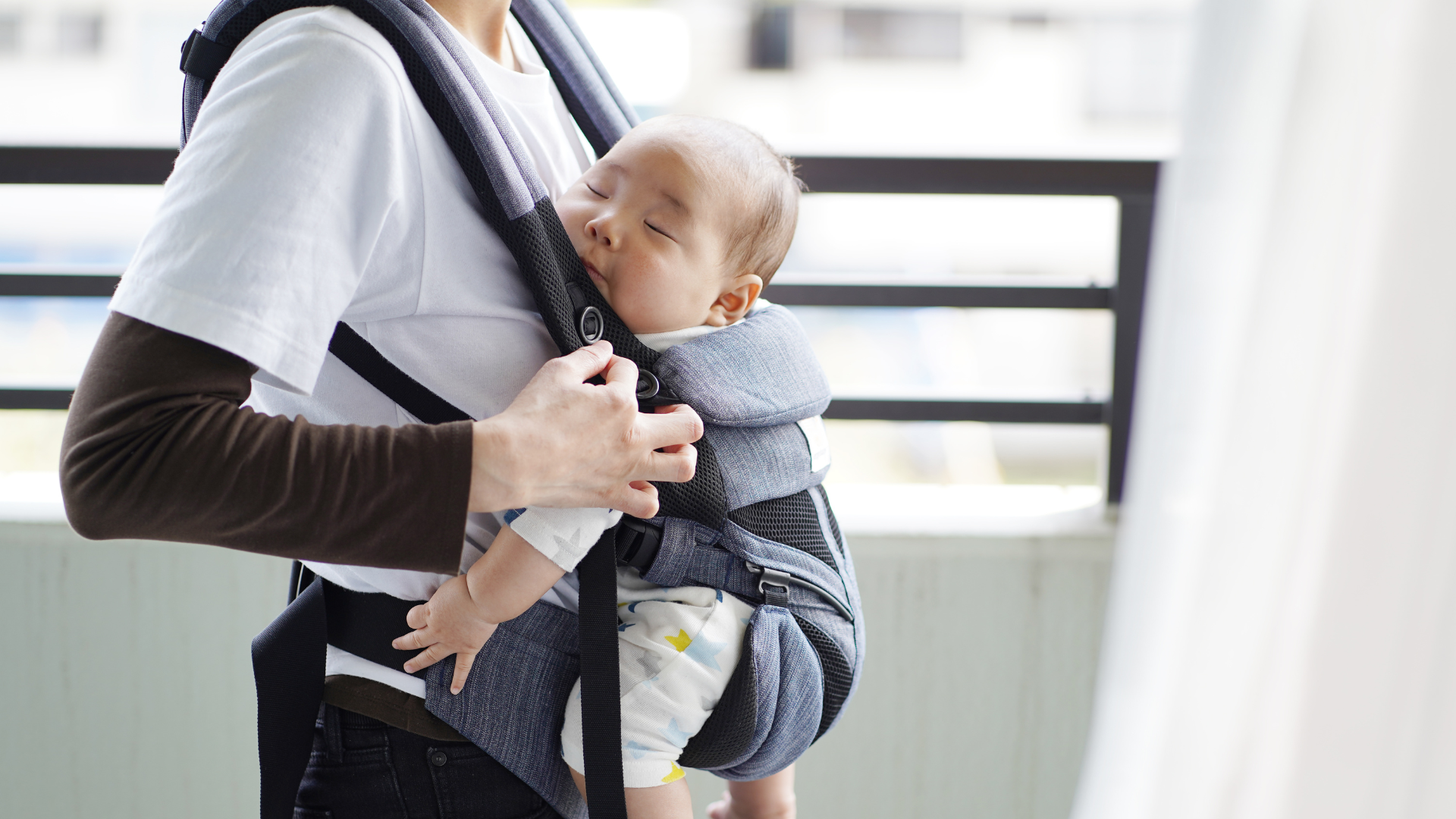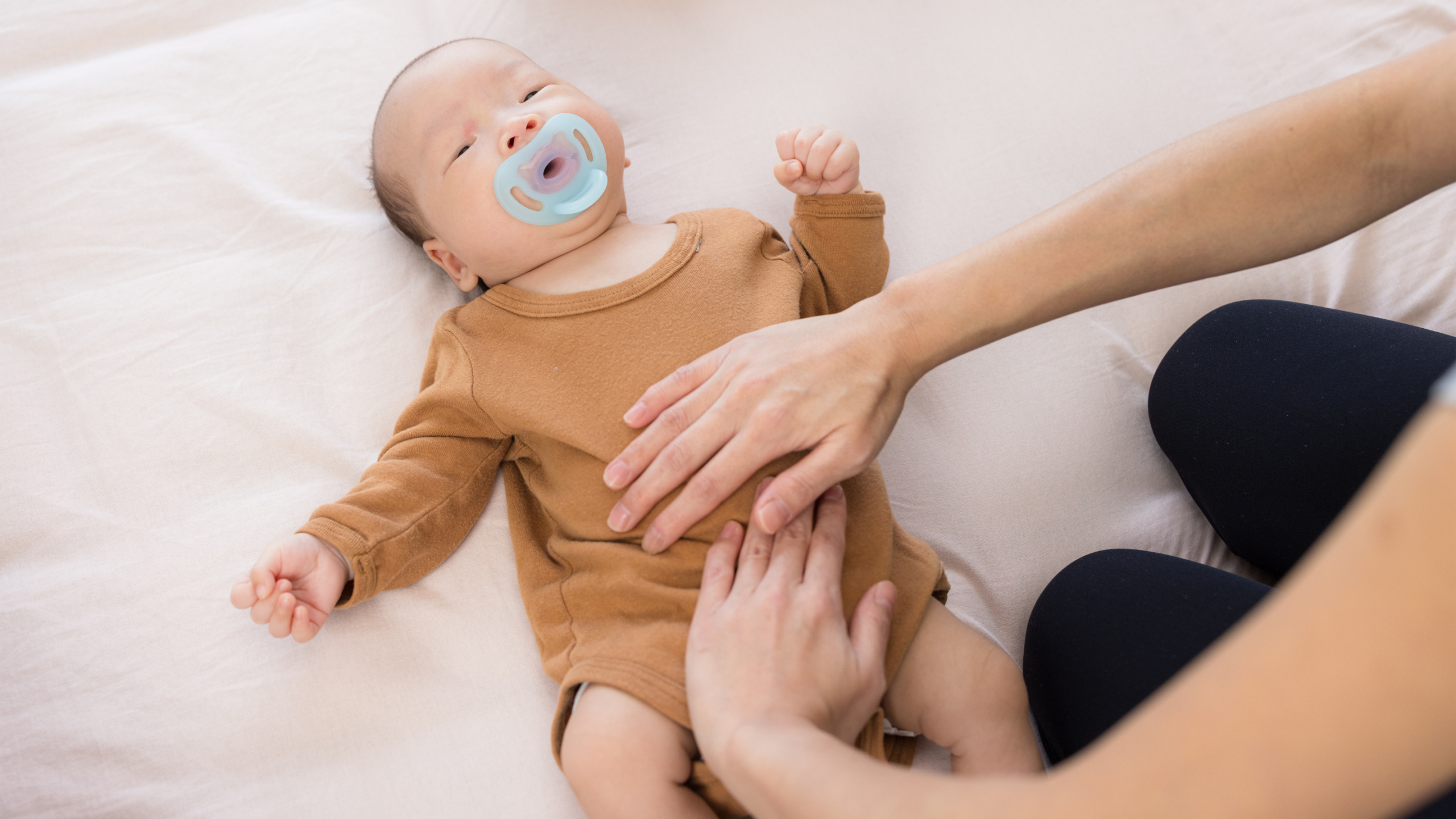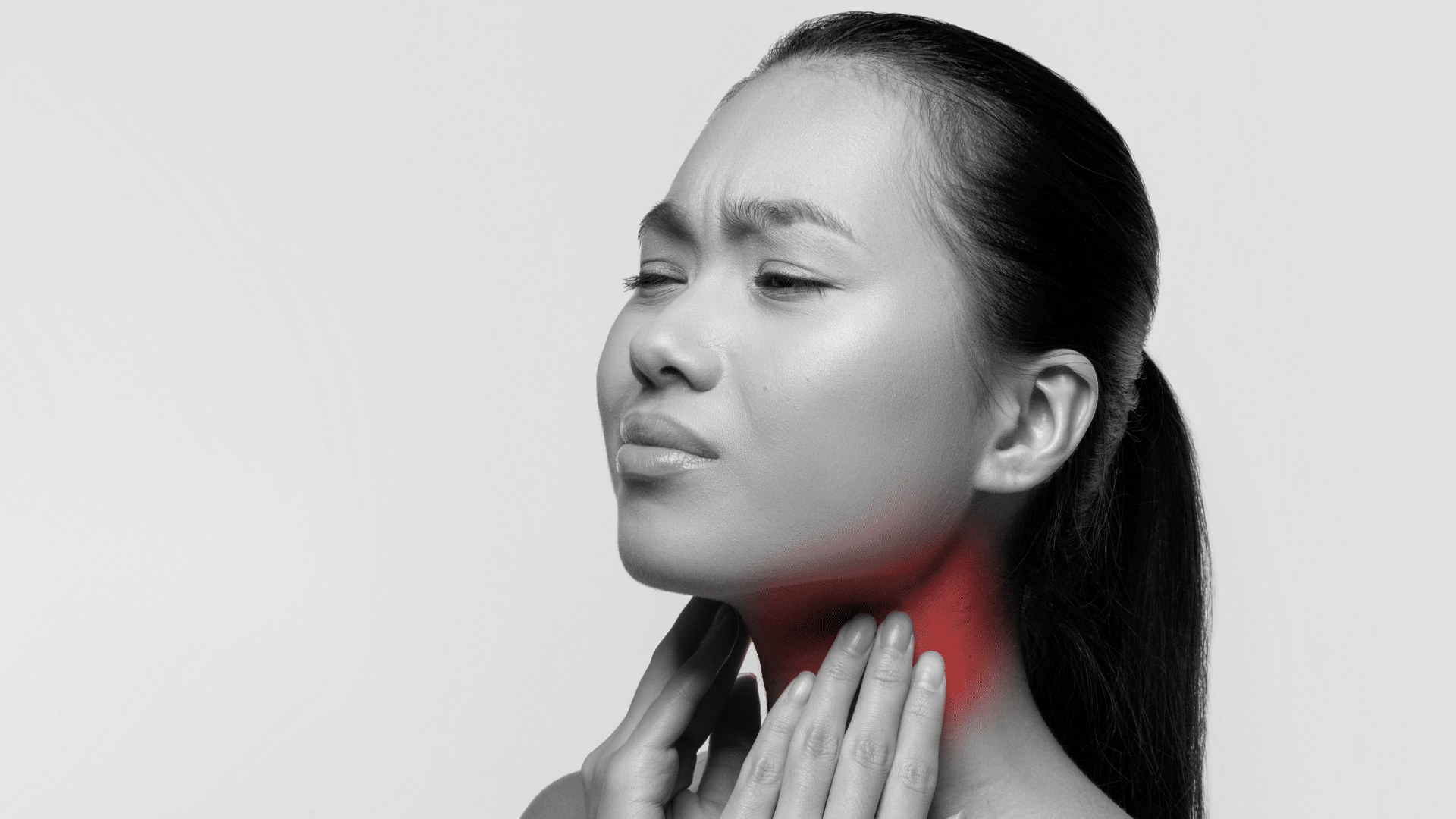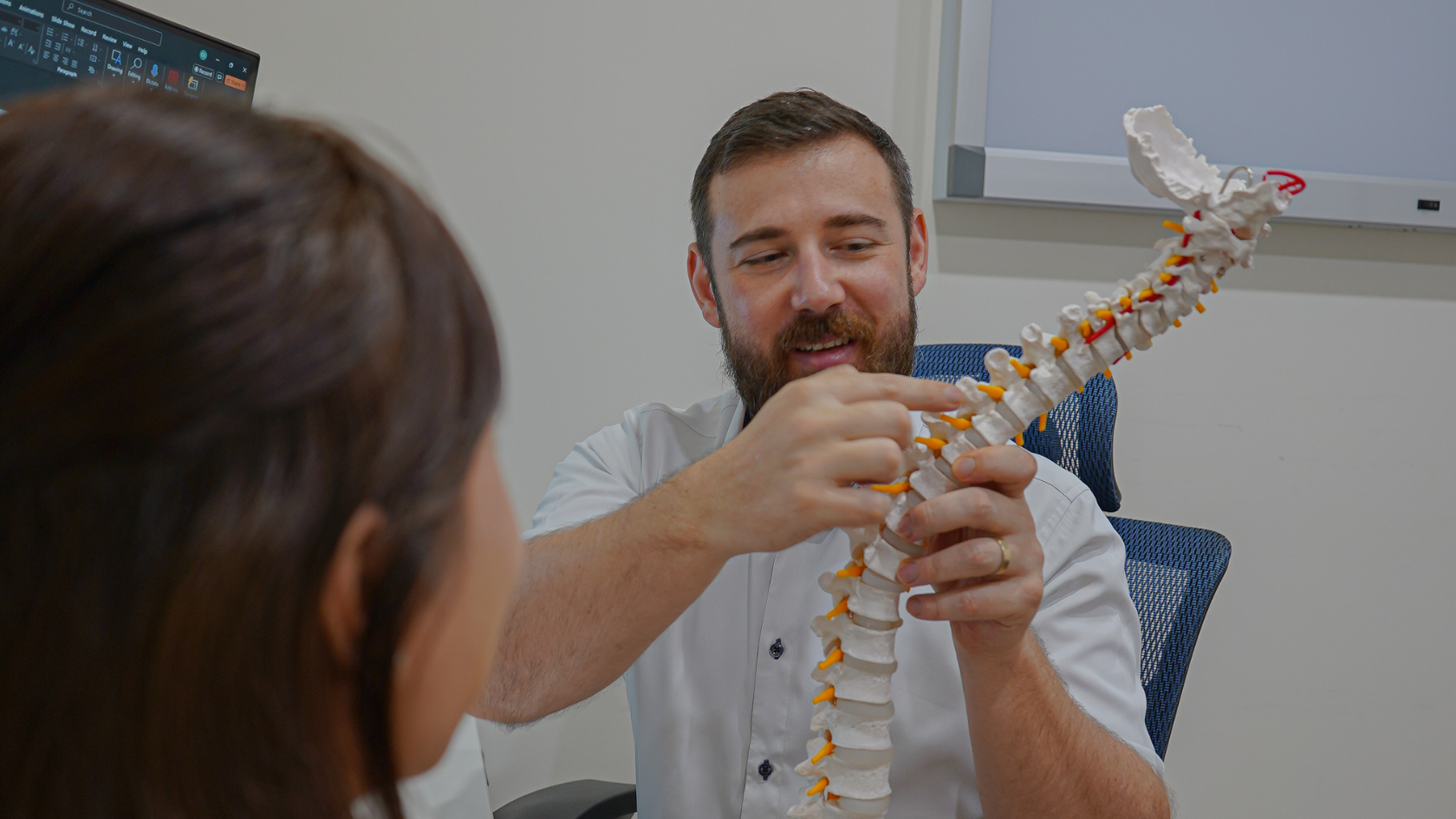Carrying your child close to you is one of the simplest yet most comforting ways to bond. In Singapore, where parents juggle fast-paced routines with family life, the baby carrier has become an indispensable tool. Whether you are exploring a newborn baby carrier, upgrading to a toddler baby carrier, or comparing baby slings and carriers, knowing how to choose and use them safely makes all the difference.
This guide provides practical baby carrier tips for newborns and toddlers, covering safety, comfort, posture, popular baby carrier brands in Singapore, and everyday use for parents.
Why are baby carriers important — and what are the benefits for newborns?
A baby carrier is more than just a hands-free tool; it’s a way to strengthen the bond between parent and child. Babies are comforted by the gentle rhythm of your movements, while parents gain the freedom to manage simple tasks or enjoy a short walk without losing closeness.
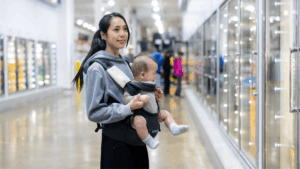
For newborns, carriers provide womb-like security. Being held chest-to-chest helps regulate their temperature, breathing, and heartbeat, while the warmth and contact offer reassurance during the early weeks. This sense of comfort is especially important in Singapore’s fast-paced lifestyle, where carriers give parents the flexibility to balance daily routines with baby care.
Parents benefit too. Carriers help reduce arm strain and support better posture compared to holding a baby unsupported for long periods. Soft wraps and newborn-specific carriers are particularly helpful in the first months, offering both comfort for the baby and ergonomic support for the parent.
✨ Tip to remember: Baby carriers are a supportive tool, not a permanent solution. While they promote closeness, comfort, and convenience, babies also need regular opportunities to stretch, play, and explore independently to support healthy development.
When should you start using a baby carrier?
Parents often wonder, “Can I use a carrier from day one?” Many newborn baby carriers are designed to support babies right from birth, provided they offer adequate neck and head support.
Soft baby carrier wraps or specially designed newborn inserts are great options for early months. As your baby grows stronger, you can transition to structured carriers with more support.
Are baby carriers safe for newborns and toddlers?
Yes, baby carriers are safe when used correctly. The main factor is positioning. Babies should be carried in the “M” position, where the knees are higher than the hips and the spine is gently curved. This position supports healthy hip development.
Parents should also follow the T.I.C.K.S. rule:
- Tight – baby snug against you
- In view at all times – face visible
- Close enough to kiss – head within reach
- Keep chin off chest – airway clear
- Supported back – upright and secure
Regular adjustments are important as your child grows, especially when moving from a newborn baby carrier to a toddler baby carrier.
What is the difference between baby slings, wraps and carriers?
The terms baby slings, wraps and carriers are often used interchangeably, but they differ in design.

Baby Slings
Single piece of fabric worn over one shoulder. Slings are quick to put on and convenient for short trips, but the weight rests on one side of the body. Best for newborn cuddles or brief carries.
Baby Wraps
Long pieces of stretchy or woven fabric that wrap around both shoulders and the waist. Wraps provide snug, womb-like comfort for newborns, distribute weight evenly, and are very versatile, though they take practice to tie securely.
Baby Carriers
Structured or semi-structured devices with buckles, straps, and padded support. They are easier to use than wraps, provide strong support for longer periods, and are often preferred as babies grow into toddlers.
Each option can be safe and practical when used correctly. Slings and wraps are often chosen in the early months for closeness and bonding, while structured carriers are commonly used for toddlers and longer outings.
How do you choose the right baby carrier?
Choosing the right baby carrier is about balancing your baby’s needs with your own comfort and lifestyle. Not all carriers are created equal, and the best option often changes as your child grows. A few things to consider:
- Age and size of your child – A newborn baby carrier or wrap provides delicate head and neck support, while structured toddler baby carriers are better suited once your child becomes heavier.
- Your activity level – For short trips, a sling or wrap may be enough. For longer outings, structured carriers with padded straps and hip belts distribute weight more comfortably.
- Climate and fabric – In Singapore’s warm weather, breathable cotton or mesh fabrics help prevent overheating.
- Your own posture – Look for ergonomic designs that place weight on your hips, not just your shoulders, to avoid strain.
By matching these considerations to your family’s daily routine, you can choose a carrier that feels natural and supportive for both you and your child.
What should you look for in baby carrier brands in Singapore?
When exploring baby carrier brands in Singapore, parents often turn to trusted names known for their safety, comfort, and ergonomic designs. The right brand for you depends on your baby’s age, your daily routine, and your own comfort.
Here’s a quick guide to some of the most popular options:
| Baby Carrier Brand | Baby Carrier Key features | Best suited for |
|---|---|---|
| Ergobaby | Strong lumbar support, ergonomic design, padded straps | Parents who need posture support during longer use |
| BabyBjörn | Lightweight, simple to use, easy buckles | Quick trips and newborns |
| Tula | Stylish patterns, structured support, wide seat | Growing toddlers, fashion-conscious parents |
| Manduca | Organic fabrics, adjustable sizing, durable design | Eco-conscious families, newborn-to-toddler use |
| Konny | Lightweight wrap, breathable fabric | Singapore’s hot climate, newborn closeness |
| Pognae | Hip-seat design, sturdy build, versatile positions | Older babies and heavier toddlers |
Tips when choosing among baby carrier brands in Singapore
No matter the brand, keep these considerations in mind to find the best fit for your family:
- Breathable fabric – essential for Singapore’s warm and humid weather
- Adjustable straps – ensures comfort for parents of different body types
- Safety certifications – confirms the carrier meets international standards
- Ease of cleaning – machine-washable fabrics save time and stress
By prioritising these practical features, you’ll ensure your chosen baby carrier brand supports not only your child’s comfort but also your posture and long-term wellbeing.
When should you stop using a baby carrier?
There isn’t a strict age limit. Most parents stop using carriers when their child is around 3–4 years old or when it becomes uncomfortable for either party. Always follow the manufacturer’s recommended weight limit.
Some toddler baby carriers can safely hold up to 20kg, but eventually children prefer to walk independently. At this stage, carriers are mainly for convenience.
How does a toddler baby carrier support growing children?
A toddler baby carrier is useful once your child is heavier and more mobile. While toddlers enjoy walking, their legs tire easily. A supportive toddler carrier ensures they can rest without you straining your arms or back.
This is particularly useful during family travel, crowded outings, or when navigating public transport. Structured carriers with padded straps and hip belts distribute the child’s weight evenly, keeping both parent and toddler comfortable.
How can baby carriers support posture for parents?
While carriers are designed for babies, they also impact parental posture. Poorly adjusted straps or uneven weight distribution can lead to back or shoulder discomfort.
Look for ergonomic designs that distribute weight across the hips and shoulders. Parents who feel strain may also benefit from posture advice. At Chiropractic Singapore, our chiropractors guide parents on ergonomic carrying and posture-friendly habits to reduce long-term discomfort.
The negative effects of baby carriers for child and parents & how to mitigate it
While baby carriers promotes closeness and convenience, it can sometimes raise concerns. Prolonged use without proper support may affect a child’s posture and alignment, particularly in the early years when bones and joints are still developing.
Parents are not exempt either. Carrying a growing baby for long periods can place added stress on the back, shoulders, and hips. Over time, this strain may contribute to muscle tension, postural imbalances, and discomfort.
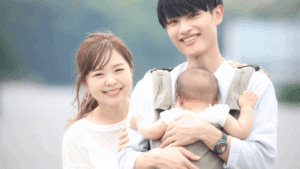
At Chiropractic Singapore, our chiropractors are trained and equipped to care for both babies and parents.
For newborns and toddlers, check-ups may include:
- Gentle observation of posture and spinal alignment
- Assessment of mobility in the spine and joints
- Guidance on safe carrying, feeding, and sleeping positions
For parents, care may involve:
- Postural assessments to identify areas of stress or imbalance
- Gentle adjustments to ease discomfort from carrying
- Practical ergonomic advice for baby carriers, wraps, or slings
- Tips on stretching and strengthening to support long-term posture
By caring for both baby and parent, chiropractic check-ups offer reassurance that the whole family’s spinal health is supported. With the right guidance, parents can enjoy the benefits of baby carriers while feeling confident that both they and their little ones are moving, growing, and thriving comfortably.
✨ Ready to support your family’s spinal health? Book a spinal check-up and consultation with Chiropractic Singapore today and give both you and your child the best start for healthy growth.
Other FAQs about baby carriers in Singapore
1. How long can you carry a baby in a carrier?
Most babies can be carried comfortably for 1–3 hours at a time, with breaks for feeding, stretching, and play. Every child is different, so observe their cues and adjust accordingly.
2. Are baby carriers suitable for Singapore’s hot and humid weather?
Yes, but fabric choice matters. Carriers made with breathable mesh or lightweight cotton prevent overheating. Parents should also dress their baby in light clothing and check for signs of heat, such as sweating or flushed cheeks, during longer carries.
3. Do baby carriers replace prams or strollers?
Not entirely. While carriers are convenient for bonding and mobility, strollers provide a safe alternative when you or your baby need longer breaks. A balanced mix of carriers and prams often works best for both comfort and practicality.
4. Are there weight limits for baby carriers?
Every carrier has a manufacturer’s weight and age guideline, often ranging from 3kg for newborns up to 20kg for toddlers. Always check the label to ensure your carrier supports your child safely.
5. Can I travel overseas with just a baby carrier?
Yes, carriers are very useful for airports, sightseeing, and crowded areas. However, strollers may still be needed for long naps or when you want to rest your back

